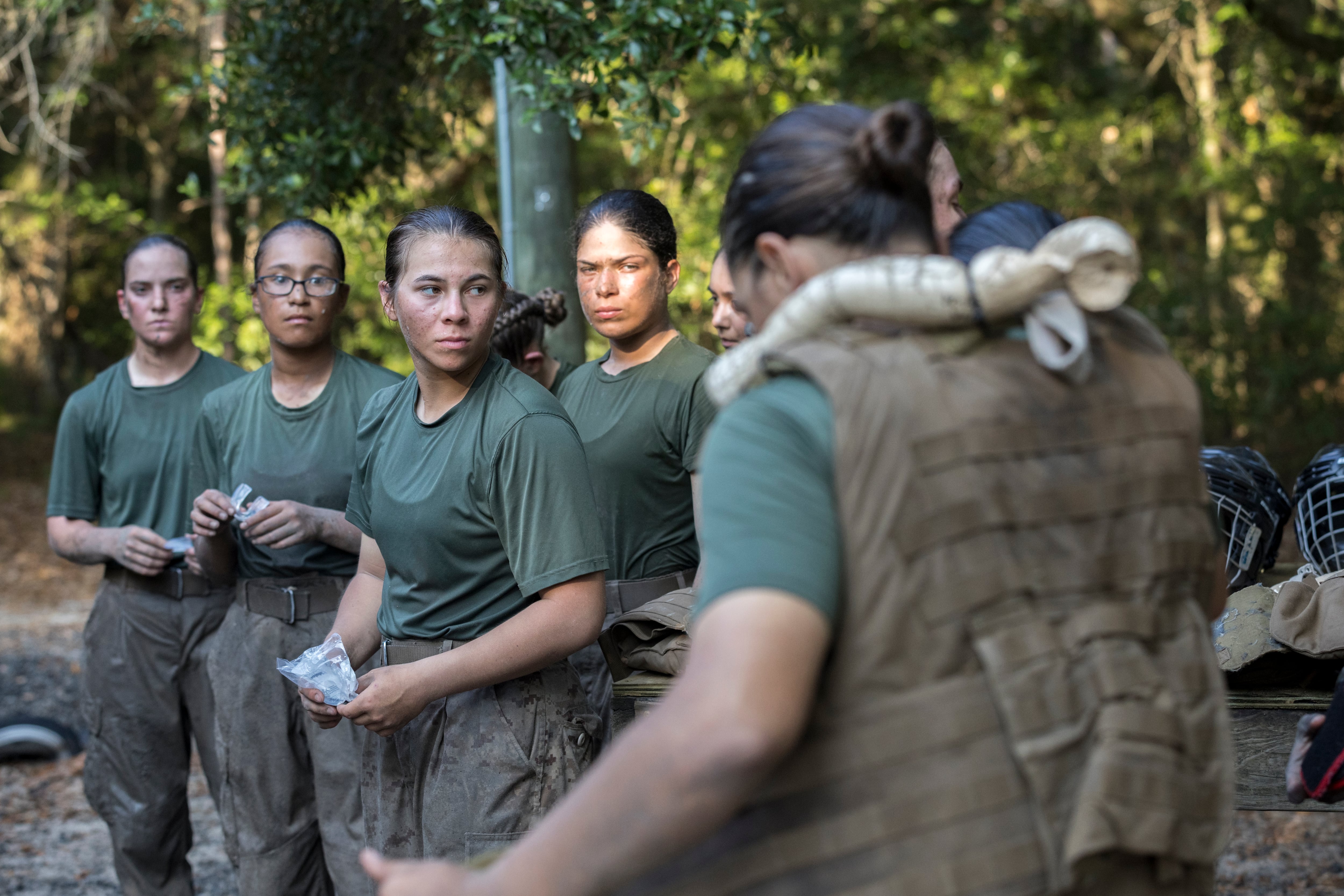Before he was an astronaut, Air Force Col. Terry Virts spent more than a decade flying F-16s.
Virts would call on that experience when he blasted beyond Earth's atmosphere in November for a six-month stay aboard the International Space Station.
Piloting fighter jets taught Virts how to prioritize tasks on a moment's notice, to think on his feet, to communicate quickly and succinctly.
When it came to being an astronaut, "it was probably the most important training foundation I had," a literally buoyant Virts said in the microgravity of the space station Wednesday.
He floated between fellow flight engineer Samantha Cristoforetti and Expedition 42 Commander Butch Wilmore for an interview with Air Force Times broadcast live on NASA TV.
Like Virts, Cristoforetti and Wilmore are both military pilots themselves. Wilmore flew tactical jets for the U.S. Navy; Cristoforetti piloted fighters for the Italian air force.
The experience put Cristoferetti in the habit of handling complex machines in operational environments. It also taught her self-discipline, perseverance and to put the goals of the team before the goals of oneself.
As a naval aviator, Wilmore said, he grew accustomed to stressful situations. That made him all the better at handling them.
The astronauts spend their days working on various scientific experiments in space, from what happens to a human's lungs in microgravity to how earthworms' adaptations to space get passed on to future generations, they said.
Virts, a 1989 Air Force Academy graduated who sported a T-shirt from his alma mater, had just done some work on a humanoid robot that will eventually go outside the space station.
"Today's the big day he got his legs and will move them for the first time," Virts said. "Every day it's a different experiment."
Virts and Wilmore are also readying for a trip outside the station in the coming weeks, resizing spacesuits and building up some tools they'll need for the tasks that await them.
The spacewalk is indescribable, said Wilmore, who spent 6-1/2 hours outside the station in October. "Just realizing that you and whoever you go out with are the only people in the universe doing this unique thing and having this opportunity, it's quite humbling."
Between projects, there is time to enjoy the view from more than 200 miles feet above Earth, which Virts documents regularly in photographs on his Twitter account, @AstroTerry.
From this extraordinary vantage point, Virts has watched sunsets and moonrises and Venus hovering just above the blue smudge of Earth's atmosphere. He has seen dancing green auroras and the clouded fury of a summer storm over the red-tinted Australian outback, the contrast of desert and jungle over West Africa.
"Street lights paint patterns in the desert sands," Virts wrote when he passed over Qatar on Dec. 13.
Three days later: "So awesome to see stars from space – you feel as if you're looking sideways, not up."




